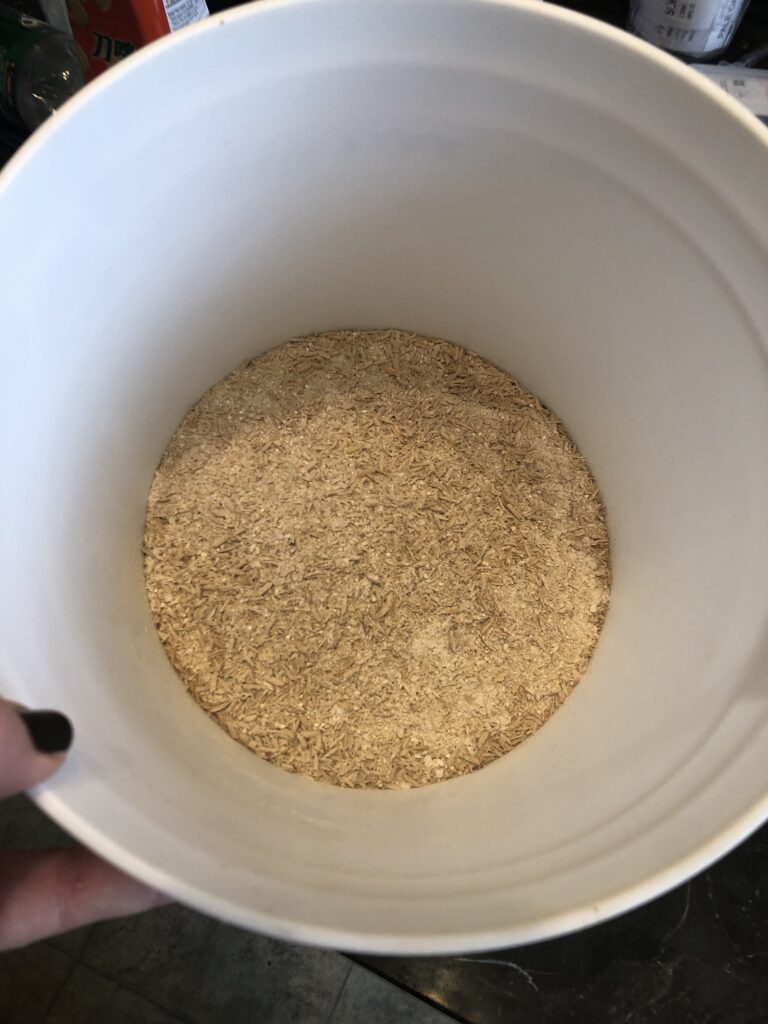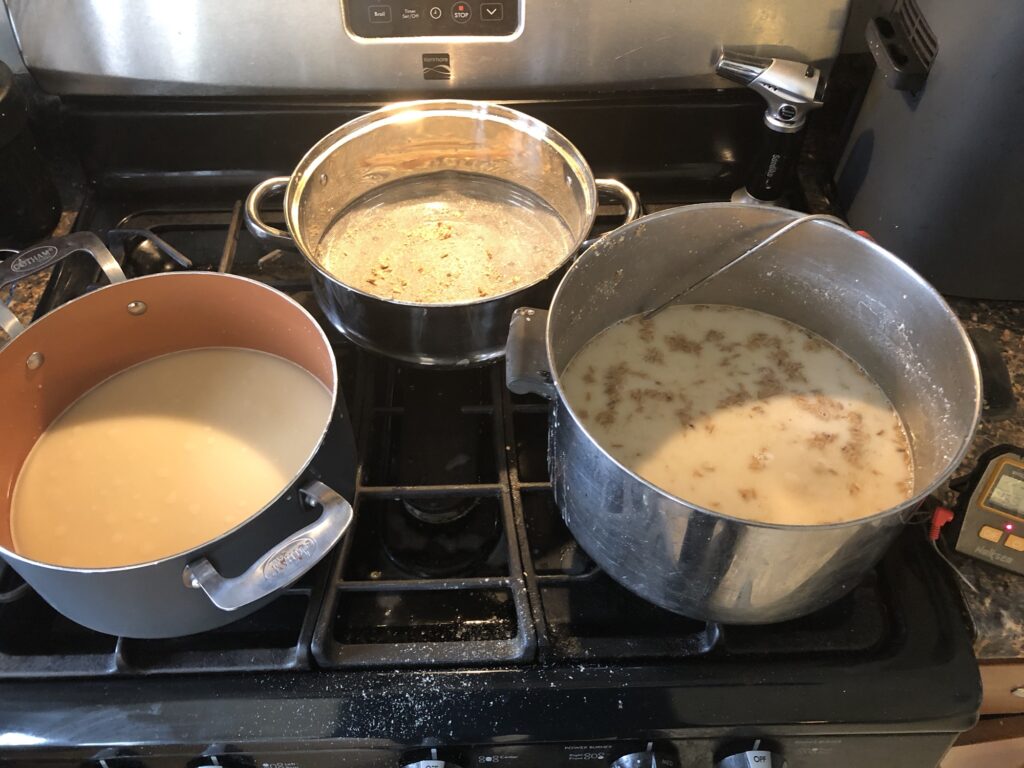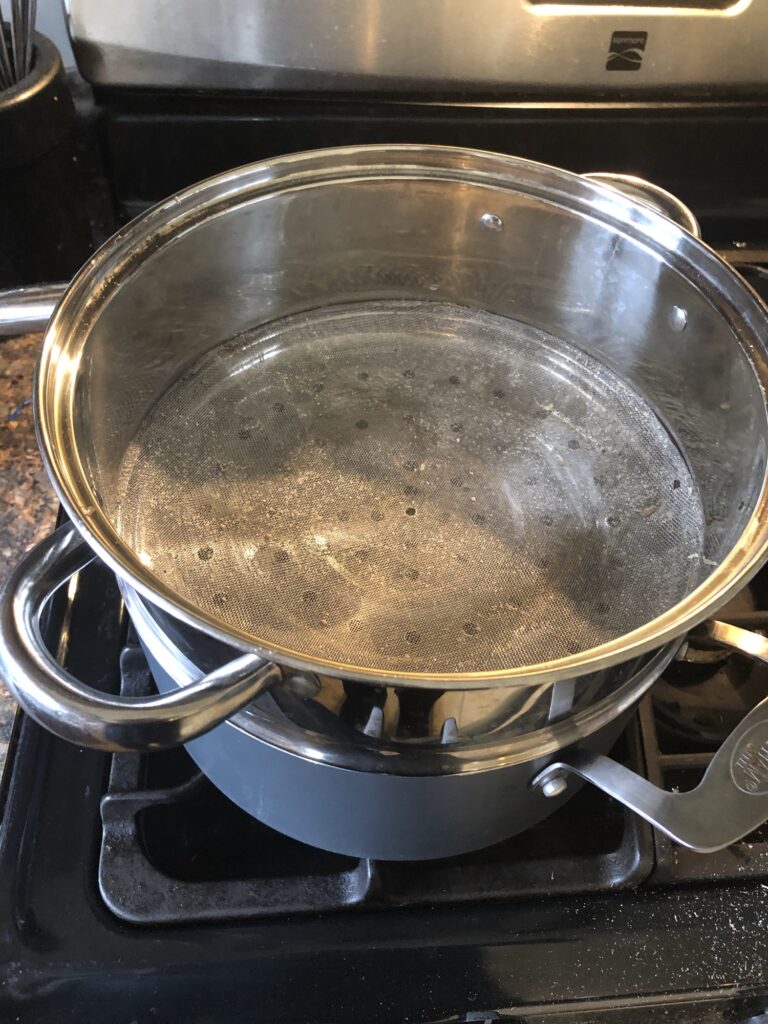Natural Enzyme Rice Mash #1
Having heard a few reports of Natural Enzyme mashes working very well with the Miller Rice Malts I did a small scale Lavery/Decantion inspired Mash. I am referring to what I did as “inspired” because I really did not follow the precise methods, more went from memory and wrote down “what happened to happen”. Much of what I aimed to learn was quite simply IF I could get the basic process to convert Rice Malt to Fermentable Wort, and to identify any major problems in my process. Would the mash just turn to a ball of dough, would it drain and sparge well. And would I get enough extract to make it worth further experimentation.
What is a Lavery/Decantion Mash?
In short both techniques the grain is mashed in at a low enough temperature to extract enzymes , then after a rest some of the mash water is removed from the mash vessel and the temperature of the mash is raised above the gelatinization point of the grain, which for GF Grains tends to be above the temperature that will denature the natural enzymes. after this gelatinization step, the mash is cooled down to a temperature that the enzymes will work and survive and the enzyme rich mash water is added back in. at this point the mash is rested at the target temperature for the enzymes to work on the now gelatinized starches. then drain and sparge as per normal.
Notes from the experiment.
(march 27th)
Pale Ale Rice Small Scale Experiment attempting endogenous enzyme mash…
2 lbs Pale Ale Rice
Crush malt in blender to near Flour consistency.

Mash in with 2400 ml water at 135f which dropped to 115f. adjust ph to 4.9.

Gently heat and stir, Rest at 130f for 10 minutes.
Separate 1200ml (most of) of the liquid. (Gravity is 1.020)
Add 550ml water to the the mash to loosen it up enough to heat to 200f.
Let rest for 15 minutes at 200f.

Add 600ml cold tap water to cool to 156f.
Add back enzyme rich mash water and rest at 147f. Readjust PH to 4.7 (to account for tap water additions)

After 15-20 minutes gravity is 1.045.
Rest another 20 minutes, gravity is 1.050
Strain off liquid (see picture) and batch sparge collecting approximately 1 gallon of 1.045 wort.


Wort was added to the yeast cake (us05) from a recent beer, and fermented out to 1.004, in about 6 days at ambient temperature under 5-10psi spunding, (March 27th to april 2nd)
Thoughts, and the Conclusions
Tasting the final product I don’t pick up anything “off”, this was fermented on a yeast cake from an Pale Ale so it has some Hoppy bite and is actually pretty tasty. I hypnotize that the low final gravity may be due to not boiling the wort to deactivate the enzymes. A proper brew process with a boil and fermenting with fresh clean yeast would yield more accurate results and possibly a higher FG. My process definitely needs refinement, HOWEVER even with some sloppy technique and inaccurate time keeping, getting about 1gallon (looked like 1/2 of a 2 gallon bucket) of 1.045 wort from 2lbs of grain is RIGHT ON with my typical recipe design. “If I can use poor techniques and achieve decent results… imagine doing it correctly!” I can very confidently say that this Rice Malt DEFINETLY has enough enzymatic activity to self convert using the Lavery/Decantion processes and is worth further trials to get this technique dialed in.
